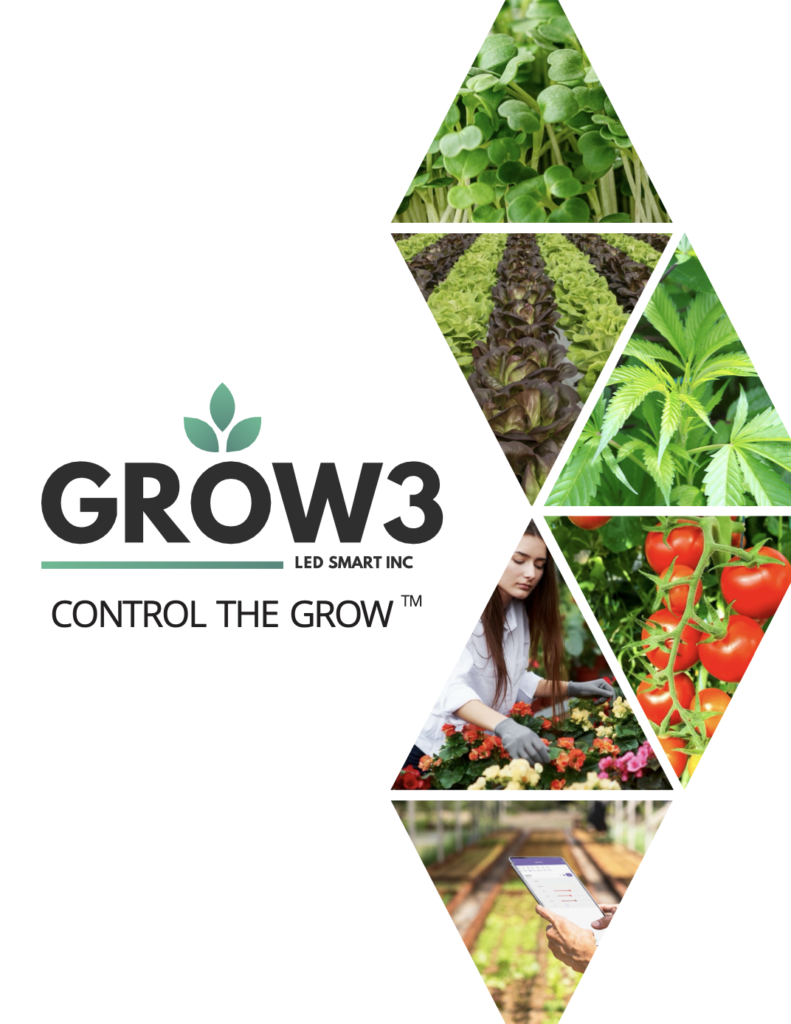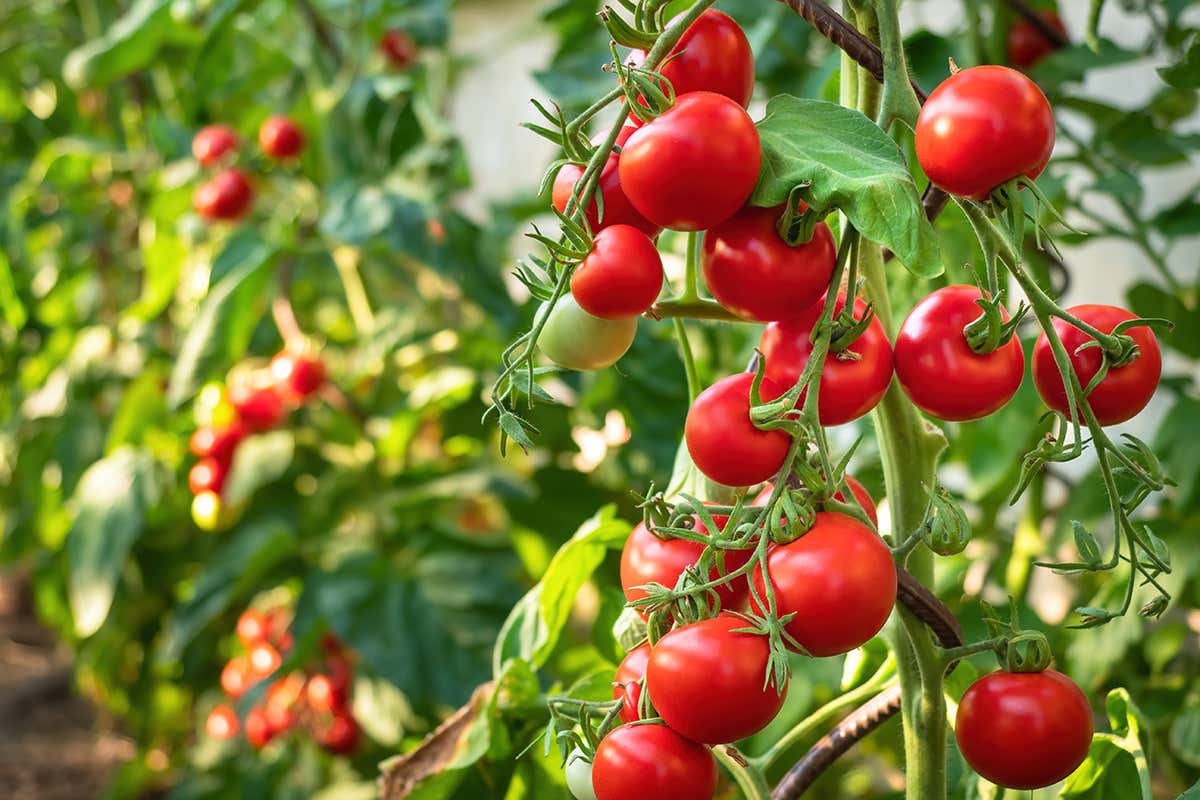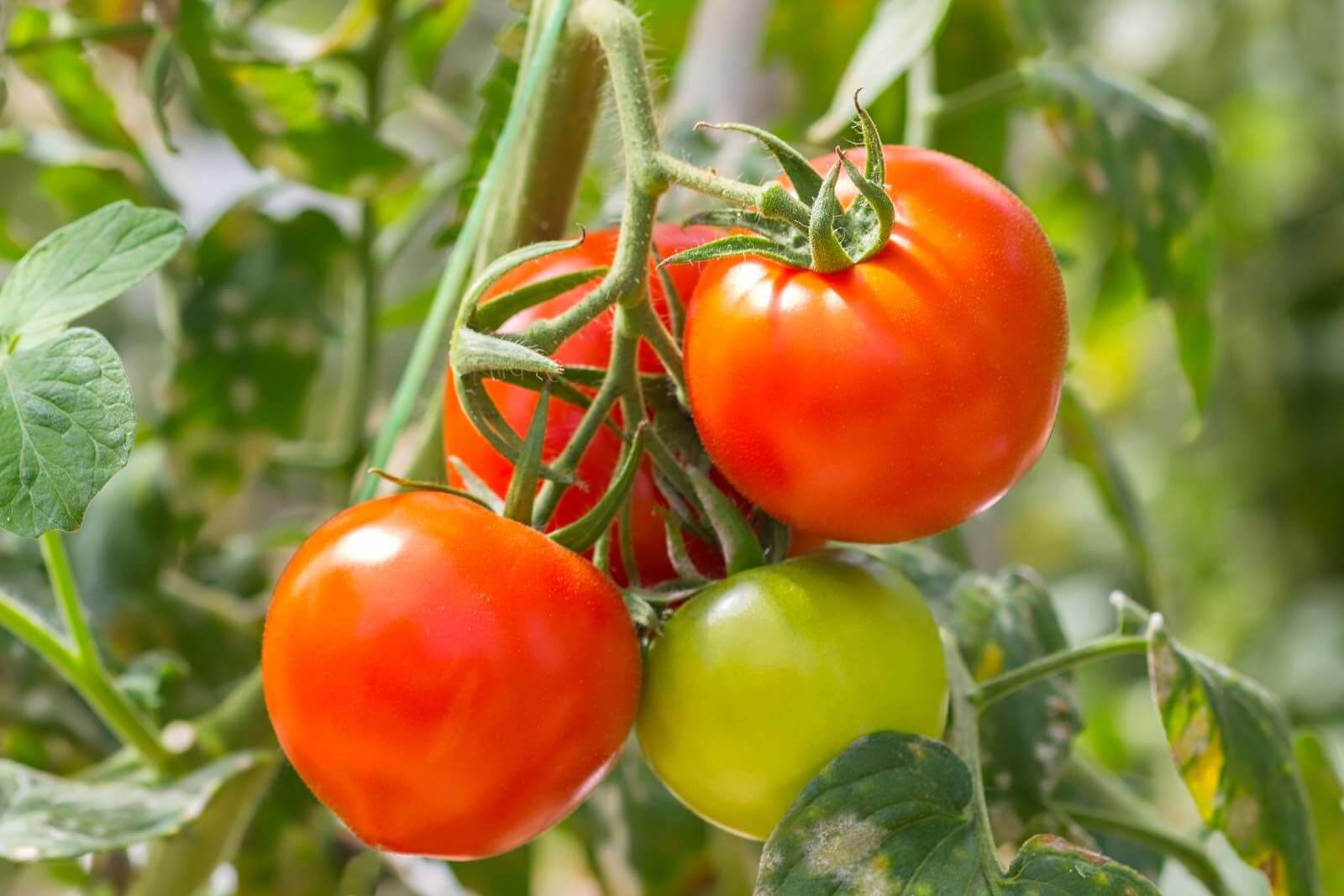WE ARE INNOVATIVE
- Home
- Products
- Application
- SmarTune™
- Resources
Grow3
CONTROL THE GROWTH
Nothing feels better than getting the results you were after.

- About Us
- Contact Us
Grow3
Nothing feels better than getting the results you were after.

Introduction:
Tomatoes are one of the most widely cultivated vegetables in the world, and greenhouse cultivation has become a popular method of growing them. In Ontario, Canada, the use of greenhouse technology has increased in recent years, with an emphasis on using energy-efficient methods. One such method is the use of LED greenhouse grow light, for tomato greenhouse cultivation. This case study will explore the benefits of using LED lights in tomato greenhouse cultivation in Ontario, Canada.
Background:
Ontario, Canada, has a significant tomato production industry, with approximately 2000 acres of greenhouse tomatoes cultivated annually. The majority of these greenhouses use high-pressure sodium (HPS) lamps, a traditional type of greenhouse grow light, to provide supplemental light during the winter months when natural light is insufficient. While HPS lamps are effective, they consume a significant amount of energy and generate a considerable amount of heat. Additionally, HPS lamps produce a narrow spectrum of light that may not be optimal for plant growth.


LED Lighting:
LED lighting has become increasingly popular in recent years due to its high energy efficiency, long lifespan, and low heat output. Particularly when utilized as a greenhouse grow light, LEDa emit a broad spectrum of light that can be tailored to the specific needs of plants. Additionally, Grow3 can be designed to emit light in specific wavelengths, which can be optimized for plant growth. For example, red and blue wavelengths are essential for photosynthesis, while green wavelengths are not.
Case Study:
A Red Vita Farm, a tomato greenhouse in Ontario, Canada, switched from HPS lamps to Grow3 LED lighting in 2019. The greenhouse had 25,000 tomato plants spread over an area of 3 acres. The Grow3 LED lights used were designed to emit red and blue wavelengths, which are optimal for plant growth. The LED lights were hung 6 feet above the plants, 13ft above the ground and the light intensity was adjusted based on the stage of plant growth. The target PPFD was 200μmol/j to achieve that Grow3 SS series introduce to this project, the SS series are equipped with RED and Blue LEDs capable of delivering 200 μmol/j up to 14ft hight installation.
The results were impressive. The tomato plants grew faster and had a higher yield than previous crops grown under HPS lamps. The LED lights consumed 40% less energy than the HPS lamps, resulting in significant cost savings. Additionally, the LED lights produced significantly less heat, reducing the need for cooling systems in the greenhouse.
Conclusion:
The use of LED lighting in tomato greenhouse cultivation in Ontario, Canada, has significant benefits. Specifically, utilizing the best greenhouse grow light like Grow3 LED lights has benefits including, energy-efficiency, emit a broad spectrum of light, and can be tailored to the specific needs of plants. The case study above demonstrated that the use of Grow3 LED lighting resulted in faster growth and higher yields of tomatoes, as well as significant cost savings. As energy costs continue to rise, the use of efficient LED lighting like Grow3 in greenhouse cultivation is likely to become increasingly popular.